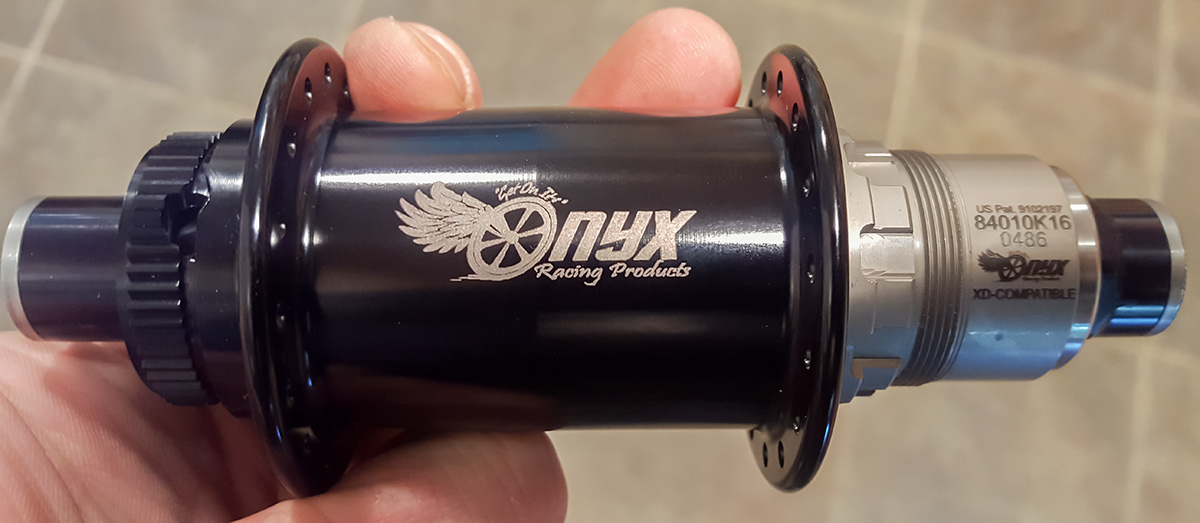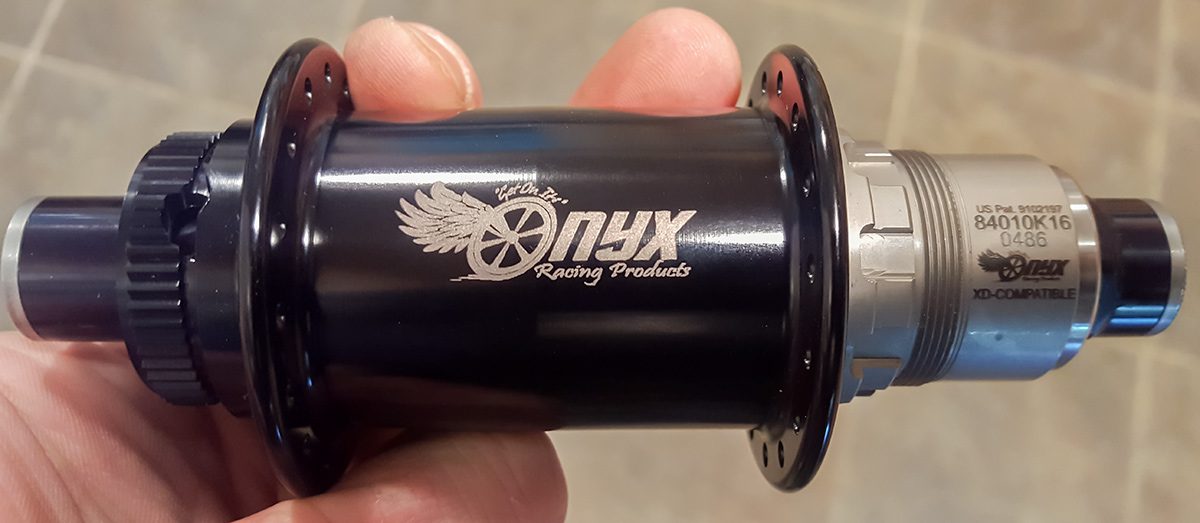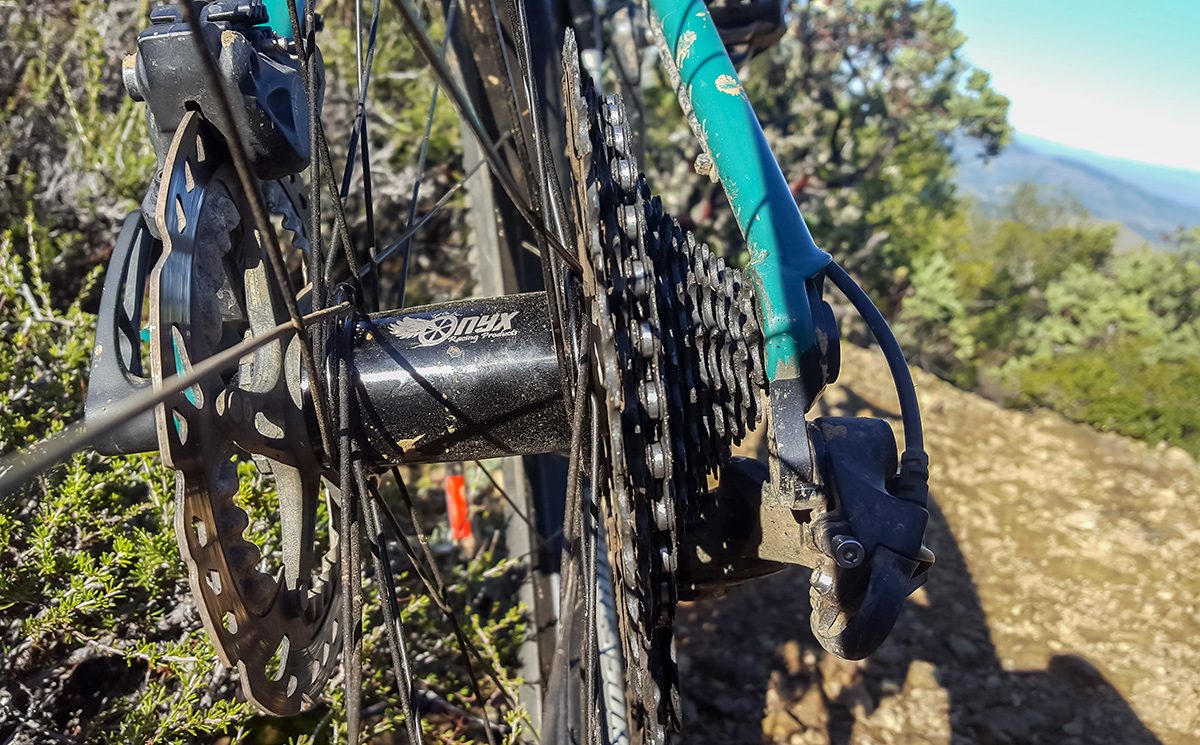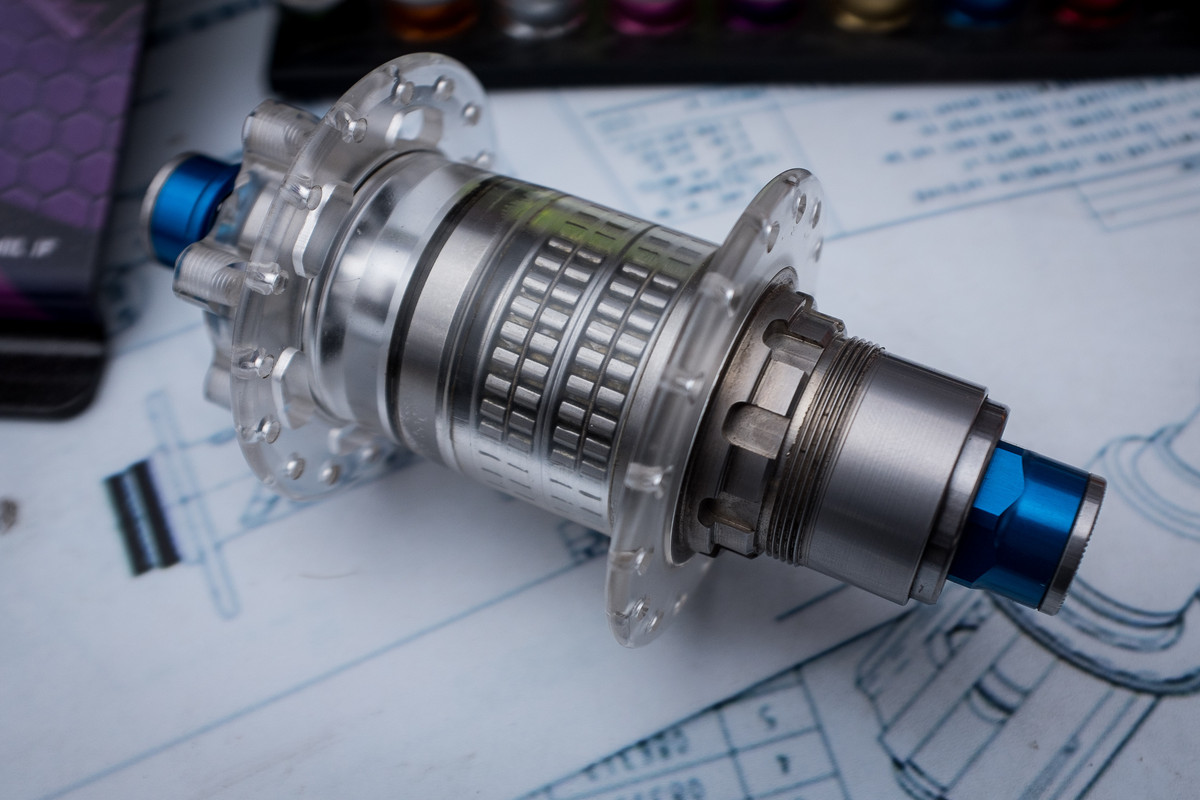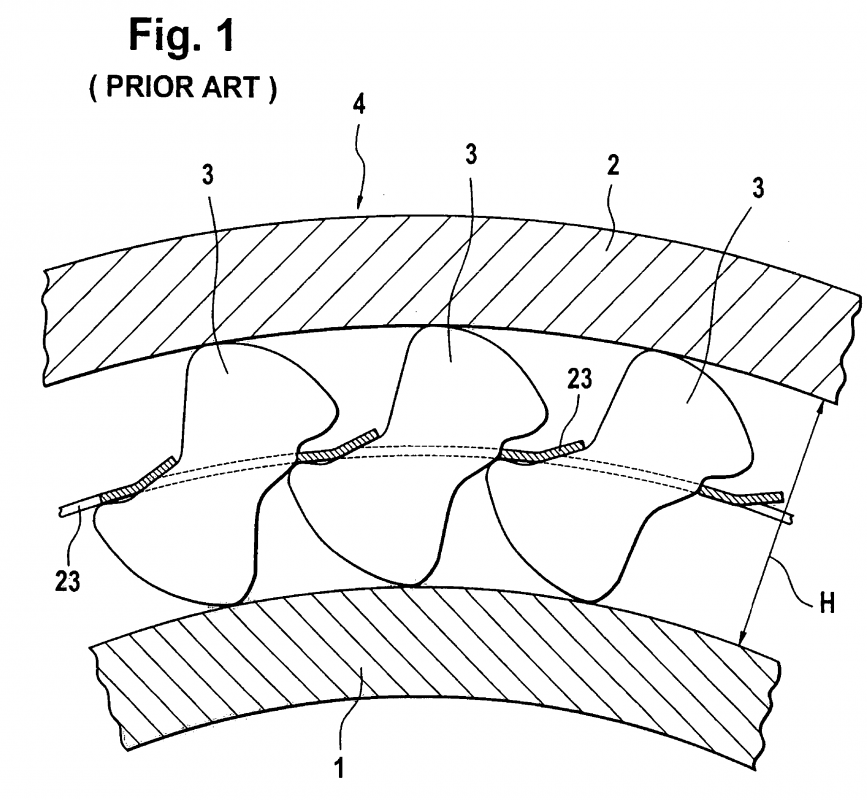Back sometime in the early 2010s, Mary Wragg-Moncorgé (my then girlfriend) and I went out for a nice singletrack ride with our friends Sonny and Roxy. We had just ridden one of the local gems and were doing a small road burn back to town. We were talking amongst ourselves about being sneaky in the woods when riding. I exclaimed how much I loved my XTR centerlock hub and how quiet it was. It was even quieter than the Dura-Ace hub on my road bike. After the discussion, we had a competition to see who had the quietest freehub. Sonny and Roxy were quickly out of the game with their noisy high-end hubs. Mary and I went head-to-head. Listening closely, we determined that Mary’s Phil Wood (25 POE) freehub was just a little quieter than my XTR (36 POE). She won that day. She’s used to winning. Damn!
I like quiet hubs. I’m a poacher in Marin. I spend a large portion of my rides evading law enforcement and hoping to avoid encounters with angry hikers. Loud hubs are a real pain in the ass when stealth ops are underway. On so many occasions I’ve had to carry my bike through the woods while keeping the rear wheel off the ground as the mechanical ratchet would announce my location to the Sheriff. Mechanical noise really stands out in nature. Just like bright colored clothing, man made sounds are especially striking in the woods. I worry about these things.
…Time goes by…
Last winter, Ronen was hub shopping. He likes to do more trials-based stunts than I do so he wanted a very high engagement hub. When choosing between the cheap and modular DT350 w/54t engagement, the fairly light Industry Nine Torch w/ 120t engagement, and the heavy and expensive Onyx Racing hub with near infinite engagement, Ronen went for the I9 hub. The Onyx was a relative unknown and very pricey thus the I9 was a pretty good choice at the time. It is light and pretty and offers plenty of engagement. I later chose the same hub for Windy’s bike.
Even without worrying about trials, high engagement has become important in trail riding. After some time using 1x drive systems and playing with things, I decided that high engagement hubs were very important on modern trail bike and not just trials bikes. The huge and heavy 42 and 50t cassette cogs turn a little play at the hub into a huge movement at the pedals, I recently wrote about this post to explain how this works. It’s become a major concern for me in bike setup as it should be for most trail oriented mountain bikers.
There is reason for my hesitation into the fancy hub game. For a while, I’ve been using DT Swiss 240s & 350 hubs because I needed systematized hubs that I could reconfigure for different bikes and setups. DT have been great for that. A sweet deal at a bike swap a few years ago put a few extra sets of 240s rear hubs in my hands. They are light and ultra dependable. I’ve been able to swap cassette bodies easily and upgrade ratchets to 54t over the years.
Another reason for my hesitation was the lack of centerlock rotor mount options. Centerlock is important to me and is a reason why I’ve been using the DT hubs for so long in face of other options. DT supported the system from the start. Now (very recently), OEMs are demanding centerlock and competitors are finally stepping up. Industry Nine hubs weren’t an option for me when they only offered 6-bolt but now they have centerlock. Choices have opened up.
I was really looking for higher engagement than the DT system could offer. I was ready to buy another I9 hub when it occurred to me how I was playing it safe and thinking with a scale. What, other than weight and cost, would be wrong with going for an Onyx hub? There’s a lot there and I really wanted to try it out.
I’m not going to say that this product is the coolest thing since dropper posts because of its near instant engagement. The engagement is truly great and offers plenty of advantages on ride. It keeps the drivetrain of the bike rock solid and stops a lot of lash from forming. And then there’s the ability to create drive force so often where dead spots would be. Not even the super low coasting resistance is the reason. None of those are the reason this is the coolest hub ever.
I’m going to say that this hub is the coolest thing because it changes the character of rides. The dead quiet action is the real hero here. Bombing trail, all you hear is tire on dirt and rock. No ratchet or drivetrain noise outside of shifts. You feel integrated into the scene. Even while pushing my bike up Repack today, 20 minutes just slogging up hill on my feet with the bike in tow, the bike was quiet. I was able to think about so many things without being interrupted by constant ratcheting. It’s sooo nice. It brings you deeper into the experience. That is what we do this for. That is an easy price to pay in a few dollars and a few grams.
I was addicted to this hub half way into my first ride on it. It’s only been better as I experience the trail differently than I had before. Connection. Tire on earth. Quiet.
Aside from price and weight there is one characteristic to this hub that can be noticed that throw some folks at first. There is a tiny amount of resisted wind-up in the mechanism as the drive engages and up to full torque. It’s very very small, maybe less than 2 degrees. While this does nothing to slow you down and everything you are putting into the system is pushing you forward, there is a soft feeling when initially engaging. This does exist. I’m starting to think that it’s actually a nice thing, kind of like a traction control damper resulting in more traction in drive. Regardless, the soft feel that folks will feel is less this and probably mostly due to the near infinite engagement interval with a lack of dead lash to slam against when engaging. Regardless of what you feel in the pedals, nothing is going wrong and you are certainly getting more into the system than other mechanisms would allow. If you were to factor this wind-up as an POE approximation, you’d be at about 180 POE. I’m a fan.
You won’t see this on any other hub. U.S. Patent No. 9,102,197 B2.
My Boost XD Onyx hub weighed 446.3 grams. I laced it to a WTB Frequency 29″ i25 rim using 292mm (L) and 291mm (R) DT 2.0/1.8 with alloy nipples.

